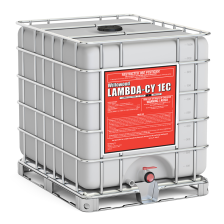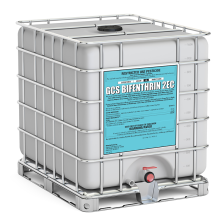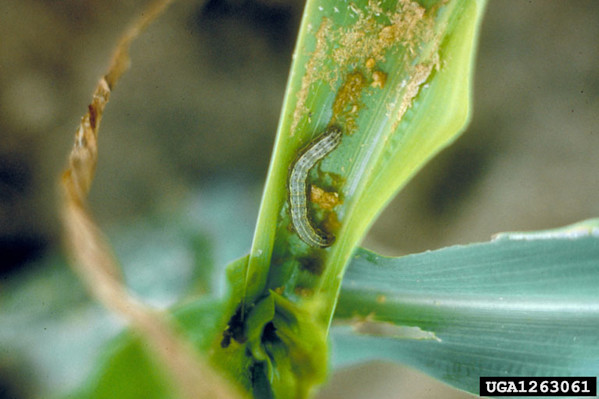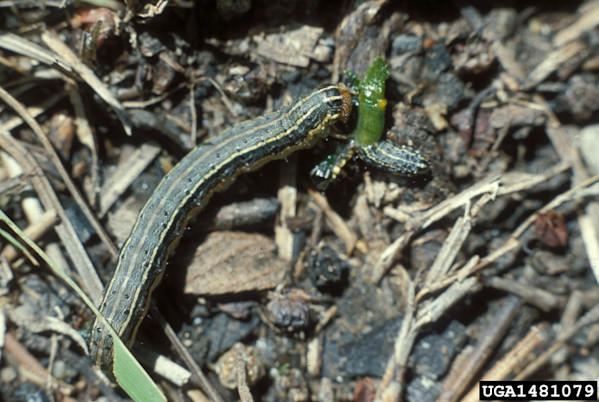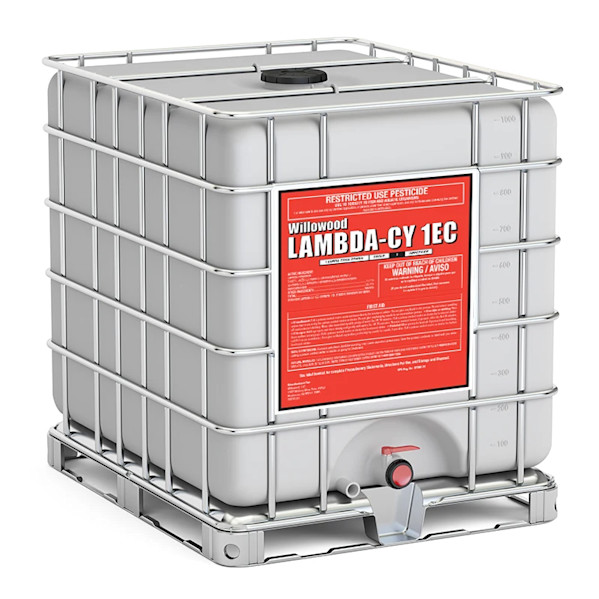To proactively manage armyworms, implement good agricultural practices such as:
Crop rotation helps disrupt the life cycle of armyworms by planting different crops in successive seasons, reducing the availability of their preferred host plants. Timely planting ensures that crops are at a stage of growth that is less susceptible to armyworm infestations. Maintaining optimal soil moisture levels reduces the likelihood of armyworms by avoiding the creation of a hospitable environment. Finally, destroying crop residues after harvest eliminates potential overwintering sites for armyworms, reducing their population in the following season.
However, these approaches may prove insufficient in some scenarios with a substantial infestation. When deciding whether to employ chemical products to control armyworms, farmers should first assess the severity of the infestation and determine the economic threshold for treatment. Applying an insecticide is usually not economical for control unless larvae are less than 1.25 inch long, plants are under stress, and 75% of plants have whorl feeding damage.
After deciding to move forward with a chemical treatment, there are a few insecticide options available, including the following:
This popular insecticide contains lambda-cyhalothrin, which is labeled for use on corn specifically for armyworm control. Apply 2.56-3.84 fl oz/A as required by scouting, or locally prescribed corn growth stages, usually at intervals of seven or more days. Use higher rates for large larvae.
At planting application: Apply 0.15-0.30 fl oz. per 1,000 linear ft. of row. For use on corn at-planting, apply a 5-inch to 7-inch T-band over the open seed furrow. Center the spray nozzle over the row behind the planter shoe in front of the press wheel. In-furrow pop-up fertilizers may be used alone or in tank mixtures with GCS Bifenthrin 2EC.
Pre-plant incorporated: Apply 3-4 fl oz/A as a pre-plant incorporated treatment either alone or in a tank-mix combination with registered pre-plant incorporated herbicides.
Preemergence: Apply 2.56 fl oz/A tank mixed with preemergence herbicides.
Foliar: Apply 2.1-6/4 fl oz/A by ground or air.
Insecticides containing the active ingredient chlorantraniliprole have also shown great efficacy in combating armyworms specifically in corn crops. Many post-plant insecticide products, including those in the pyrethroid, organophosphate, carbamate, and diamide insecticide groups, effectively control armyworms.
Early morning or evening applications may be most effective, since armyworms spend most of the daylight hours low in the canopy, lodged under plants. As well, high rates of neonicotinoid seed treatments (e.g., Poncho, Cruiser, Gaucho) may provide some early seedling protection against armyworm.
